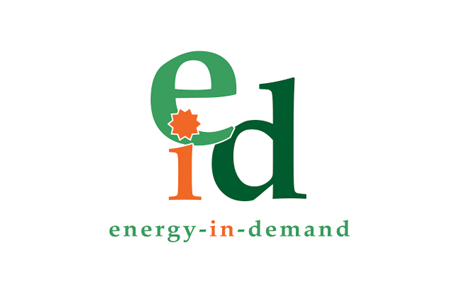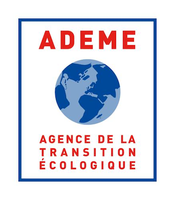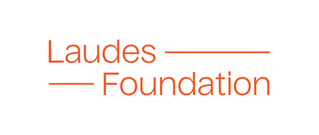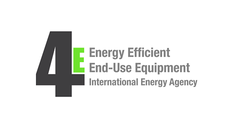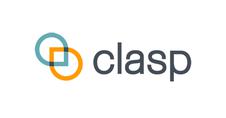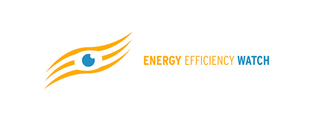Search eceee proceedings
Social innovation in energy transition: Evaluation challenges and innovative solutions
Panel: 4. Monitoring and evaluation for a wise, just and inclusive transition
This is a peer-reviewed paper.
Authors:
Regina Betz, Center for Energy and the Environment / Zurich University of Applied Sciences (ZHAW), Switzerland
Christian Winzer, ZHAW, Switzerland
Abstract
TThe climate crisis needs urgent solutions and potential agents of change are cooperatives, citizen initiatives, start-ups etc., which form social innovation initiatives. Social innovations in energy transition (SIEs) are defined as “(combinations of) ideas, objects and/or actions that change social relations and involve new ways of doing, thinking and/or organising energy. ” (Wittmayer et al. 2020, iv). This is how the H2020 project SONNET defines SIEs, on which this paper is based on.
The aim of the paper is to illustrate how challenging the evaluation of the success of those diverse types of SIEs is and what approaches were and can be applied. Evaluating whether SIEs are successful means to understand whether SIE-initiatives have been successful in achieving goals and which types of SIEs are more successful in achieving certain goals than others. We differentiated between the aims held by SIE-initiatives themselves (SIE-aims), aims which are shared by the EU and SIEs (shared-aims), and aims of the European Energy Union which are not shared by SIE’s (EU-aims). The aims of the SIE-initiatives were based on literature review and a survey among the empirically studied SIEs in SONNET.
We find that many of the studied SIE-initiatives do not monitor their impacts as resources are scarce. Some of the impacts occur in people’s mind (such as impacts on “thinking”), and even the impacts which can and have been monitored are hard to compare across different initiatives, due to their diversity. Therefore, our surveys only capture the perceived contributions of SIEs to the different goals.
Based on the surveys we find that SIE-initiatives achieved significantly higher contributions towards SIE-aims than towards EU-aims or shared-aims and that the perceived contribution is stronger for those aims with higher importance. The SIE-aims with the highest contributions were “improve social acceptance of renewable energy production” and “strengthen local community”. The shared-aims with the highest contributions were “increased renewables production” and “reduced greenhouse gas emissions”. The perceived contribution towards other EU-aims or shared-aims was rather low. Looking at the different SIE-types, in general SIE-initiatives focusing on “Thinking”-type of activities seem to achieve slightly lower contributions for many of the aims we assessed than the other types of activities (“Doing”, “Organizing”). Regarding the social relation, contributions towards shared aims were significantly higher in case of SIE-initiatives working on a “Competition” setting, and significantly lower in case of SIE-initiatives that were in “Conflict” than for the other types of social relations (i.e. “Cooperation” and “Exchange”).
Our conclusion was that not one evaluation method fits all SIEs and we explored in a workshop how innovative approaches such as media analysis (news databases, websites, social media) and web tracking (google analytics/facebook) might be used for future evaluations of SIEs.
evaluations of SIEs.
Downloads
Download this paper as pdf: 4-271-22_Betz.pdf
Download this display (photo) as pdf: 4-271-22-displayphoto.pdf
Panels of
1. Dynamics of consumption: less is more?
2. Efficiency and beyond: innovative energy demand policies
3. Policy, finance and governance
4. Monitoring and evaluation for a wise, just and inclusive transition
5. Towards sustainable and resilient communities
6. Energy-efficient and low-carbon mobility for all
7. Policies and programmes for better buildings
8. Innovations in products, systems and building technologies










